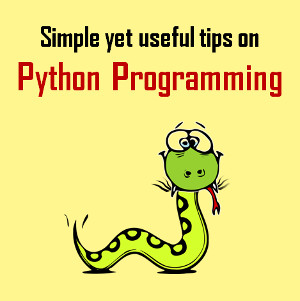5 Key Moments in the History of Artificial Intelligence
Published on 25 January 16
0
This blog is listed under
Development & Implementations
Community
Related Posts:
Post a Comment

 Karl
Karl







